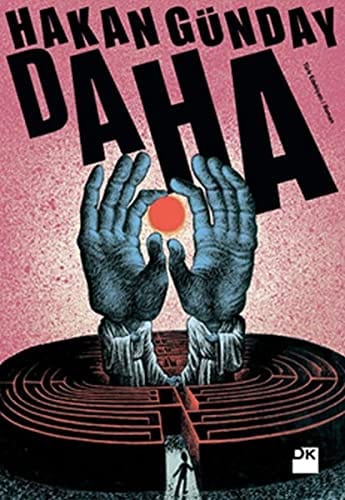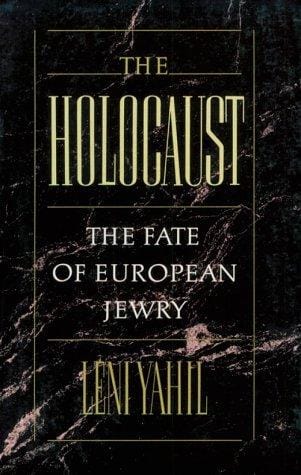Daha: A Word That Bridges History, Language and Travel
Discover what Daha means across languages, history, culture and travel, from an ancient Indonesian city to modern film and everyday Hindi vocabulary.

Introduction to Daha
Few words travel as far and as fluidly across time and geography as the simple four-letter term "Daha." Depending on where you stand on the map, Daha can conjure images of a bustling medieval capital on the island of Java, a scratchy burning sensation described in Hindi, or a striking Turkish art-house film that stunned festival audiences in 2017. This article untangles those parallel stories, offering an 800-word guide that blends etymology, history, pop culture and practical travel advice. By the end, you will understand why this compact word continues to ignite curiosity worldwide.
What Does Daha Mean?
The first question most readers ask is, "What exactly does Daha stand for?" Ironically, there is no single, universal definition. In Old Javanese, Daha referred to the royal city that anchored the Kediri Kingdom between the eleventh and thirteenth centuries. In modern Indonesian, the term remains a nostalgic nod to that golden era. Shift northwest to the Indian subcontinent and you will hear "दाह" (pronounced daah) used in Hindi and Sanskrit-derived languages to describe burning, inflammation or inner fever. Move still farther west and "Daha" becomes the Turkish word for "more," as well as the title of acclaimed director Onur Saylak’s dark coming-of-age film.
Daha in Ancient Javanese History
Historically, Daha reached its zenith during the reign of King Airlangga’s successors, who relocated the capital of Kahuripan to the lush Brantas River valley in East Java. There the city of Daha flourished as a cosmopolitan hub of Buddhism, Hinduism and indigenous animism. Chinese chronicles describe its spice-laden markets, while local inscriptions speak of irrigation works that turned volcanic soil into rice gold. Maritime trade networks carried Javanese textiles as far as the Khmer court in Angkor, and sailors returned with bronze mirrors and delicate white ceramics. For two centuries, Daha’s prestige rivaled that of Angkor Thom and Pagan, establishing a blueprint for later Javanese polities such as Majapahit.
The Rise of the Kediri Kingdom
The Kediri Kingdom emerged when Airlangga partitioned his empire between his two sons in 1045 CE. The western half, Panjalu, chose Daha as its capital and quickly asserted dominance through literature and trade. The court poet Mpu Sedah wrote parts of the Kakawin "Bharatayuddha" here, embedding Indian epics into a uniquely Javanese worldview. The kingdom’s control of upriver spice routes made Daha wealthy enough to mint its own gold coins, some of which are displayed today at the National Museum in Jakarta. Although Kediri fell to Singhasari in 1222, Daha’s administrative blueprint influenced Indonesian governance for centuries.
Archaeological Highlights of Daha (Kediri)
Modern archaeologists locate Daha within the present-day city of Kediri, about 130 kilometers southwest of Surabaya. Excavations reveal a well-planned urban grid, brick temple foundations and sophisticated water tunnels known as "saluran air." These finds corroborate local folklore that speaks of underground passages connecting royal compounds to the Brantas River for quick evacuation during volcanic eruptions from nearby Mount Kelud.
Must-See Sites
Travelers seeking tangible traces of Daha should include these stops on their itinerary:
- Tegowangi Temple: A 14th-century red-brick sanctuary featuring reliefs that echo Kediri’s artistic legacy.
- Kediri Museum: Houses gold leaf manuscripts, ceremonial kris daggers and coin hoards attributed to Daha’s peak era.
- Brantas River Embankment: Ideal for sunset walks while imagining spice barges docking a millennium ago.
Daha in South Asian Languages
In contrast to Daha the city, South Asian usage highlights visceral human experience. In Hindi medical parlance, "daha" describes the burning pain of acid reflux or a healing but itchy wound. Ayurvedic texts dating back two millennia list "daha shamak" herbs such as aloe vera and sandalwood that soothe the sensation. Linguists trace the root to the Sanskrit verb "dah," meaning "to burn," which also yields words like "dagdha" (scorched) in Marathi and "dahana" (incineration) in classical literature. This semantic field underscores how ancient Indo-Aryan tongues mapped external fire onto internal discomfort.
Modern Cultural References to Daha
The twenty-first century has spawned new associations. Turkish audiences immediately think of Onur Saylak’s film "Daha," adapted from Hakan Günday’s novel. The movie follows a teenager entangled in human smuggling on the Aegean coast and uses the repetition of "daha"—meaning "more"—to underscore greed and moral erosion. Elsewhere, Indonesian indie bands reference Daha in song lyrics to evoke nostalgia, while Jakarta cafés sell "Kopi Daha," a dark-roast blend marketed as "more aroma, more flavor." The word’s brevity and rhythmic quality make it a branding favorite across sectors such as fashion, gaming and even eco-startups.
Travel Tips for Visiting Modern-Day Kediri
If the historical narrative has piqued your wanderlust, consider these practical guidelines:
- Best Season: Dry months between May and September offer clear skies for temple hopping and river cruises.
- Getting There: A three-hour train ride from Surabaya’s Gubeng Station drops you at Kediri in the city center, close to budget and boutique hotels.
- Food to Try: Sample "tahu takwa," a turmeric-infused tofu said to originate from royal Daha kitchens, and wash it down with "sarsaparilla Kediri," a local soda predating modern soft drinks.
- Respect Local Etiquette: Modest dress is recommended at religious sites; shoes should be removed before entering temple terraces.
Combining these tips with a flexible mindset lets you experience both the ancient soul and the youthful energy of this underrated Javanese city.
Conclusion: Why Daha Still Matters
From fiery medical metaphors in Sanskrit to golden age kingdoms on the Brantas and award-winning Turkish cinema, Daha proves that language is a living museum of human experience. Each time you hear or use the word, you tap into a layered narrative that spans continents and centuries. Whether you are a linguist, a history buff or a digital nomad planning your next adventure, let Daha remind you that small words can carry epic stories—and perhaps inspire you to seek more, or should we say, "daha," from every journey.



